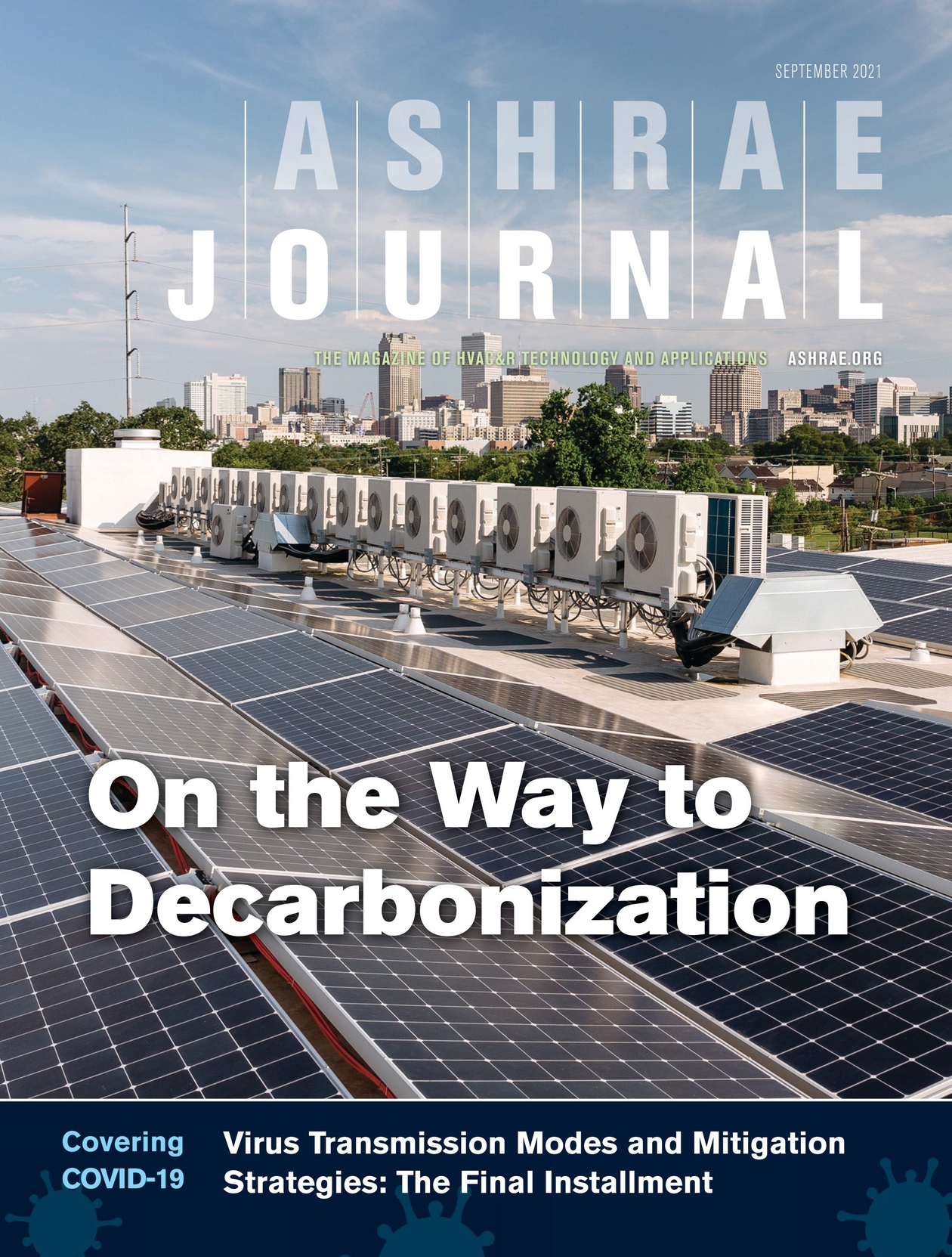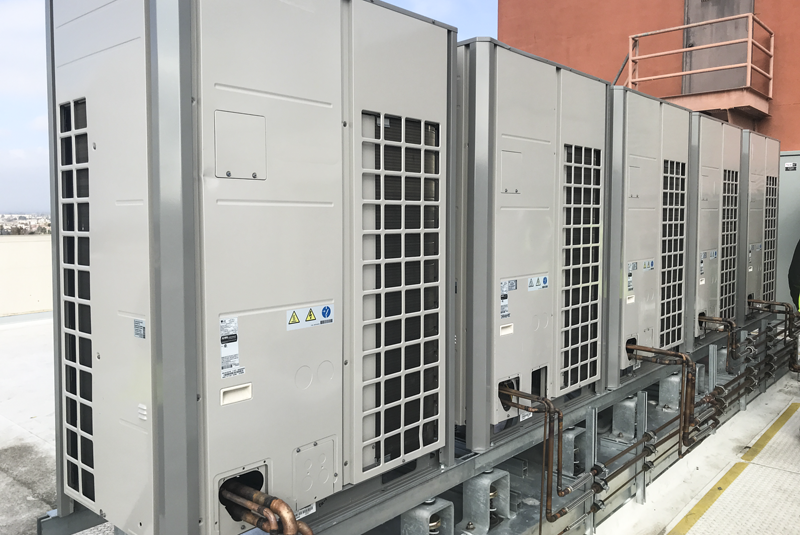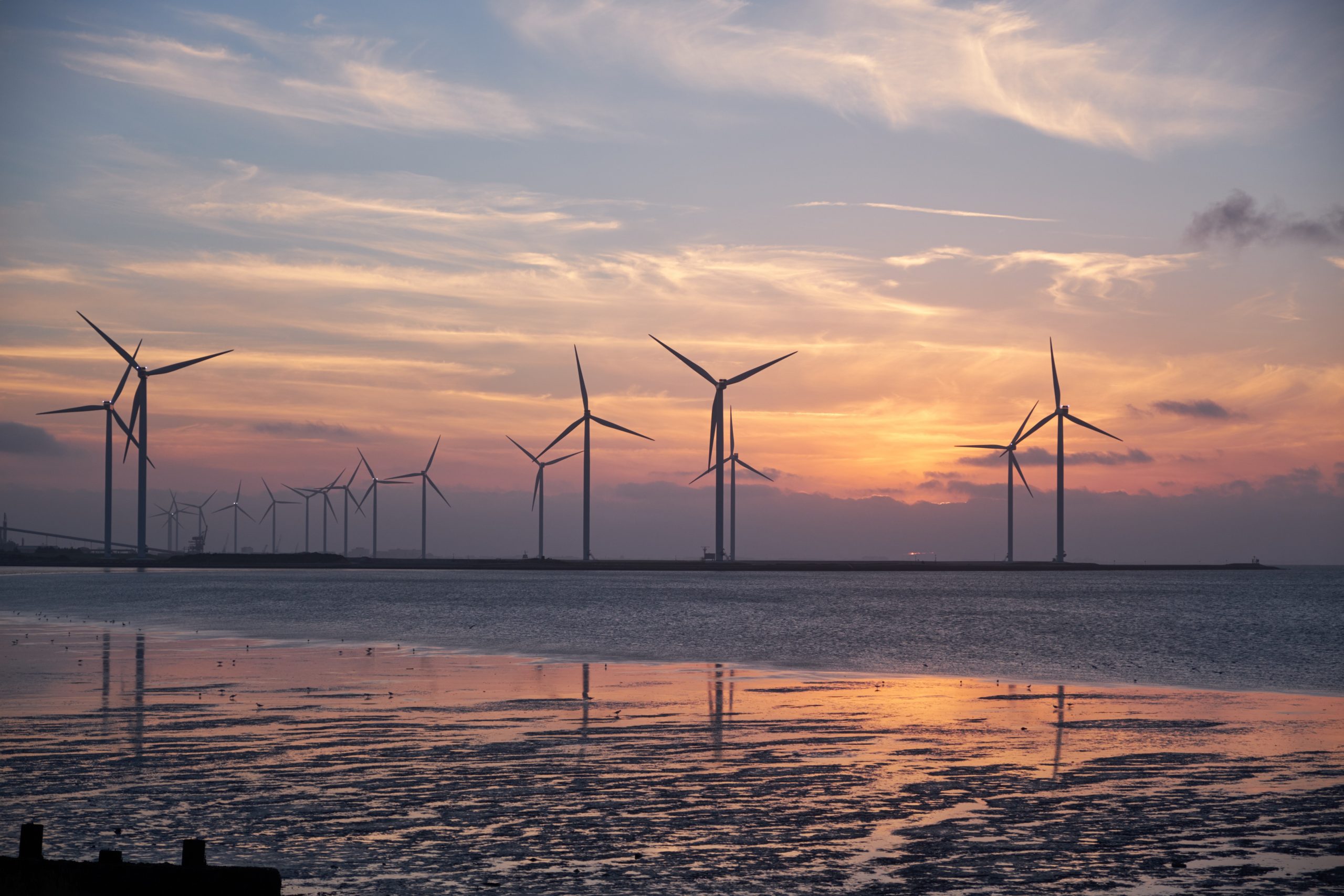decarbonization
How Building Decarbonization Can Transform HVAC
On 25, Mar 2022 | No Comments | In PEI Blog | By Jorlyn

ASHRAE Journal, vol. 63, no. 9, September 2021
Buildings in the US account for 40% of carbon emissions. Eighty percent of that is from electricity use and the remainder is from the combustion of fossil fuels for heating and other uses at the building. As many states, utilities, and large corporations are moving to get electricity from clean, carbon neutral sources, it is clear that electricity is becoming the carbon free choice of energy for many in the US. Buildings that use natural gas and other fossil fuels for heating will be stuck producing carbon emissions, as electricity becomes increasingly carbon free. Natural gas can now be replaced with electric systems that provide equivalent or better service. An all electric building coupled with a renewable or carbon free source of electricity is considered to be a decarbonized building.
VIEW THE FULL ARTICLE HERE
Can We Build Zero Emission Buildings?
On 11, Jan 2021 | In PEI Blog | By Peter

Variable refrigerant flow heat pumps of an all-electric HVAC system
Story at a glance:
- By the end of 2019 11 states and 160 cities had official goals to get 100% of their electricity from clean sources by 2050.
- Current typical HVAC systems can be replaced with alternative systems that use heat pumps for heating instead of gas.
- An Exelixis building in California shows the decarbonization potential.
What is building decarbonization?
Buildings in the US account for 40% of carbon emissions. And 80% of that is from electricity use; the remainder is from the combustion of fossil fuels for heating and other uses at the building.
As many states, utilities, and large corporations are moving to get electricity from clean, carbon neutral sources, it’s clear that electricity is becoming the carbon-free choice of energy for many in the US.
Buildings that use natural gas and other fossil fuels for heating will be stuck producing carbon emissions, as electricity becomes increasingly carbon-free. Natural gas can now be replaced with electric systems that provide equivalent or better service. An all-electric building coupled with a renewable or carbon-free source of electricity is considered to be a decarbonized building.
CONTINUE READING THE ARTICLE HERE
We Hate Carbon Offsets, But We Bought ‘Em Anyways
On 27, Mar 2020 | In PEI Blog | By Adrienne

Executive Summary
Leaders around the world are looking increasingly to carbon offsets as a solution to the global climate crisis. Under this scheme, businesses and individuals can pay to fund carbon reduction projects, such as reforestation, to balance the impact of their own GHG-emitting operations. The idea that you can buy carbon credits while continuing to engage in polluting behaviors does not sit well with many scientists, activists, and others — including us. Unfortunately, we are still a long way off from creating a carbon neutral future, with even the most progressive states in the country targeting carbon neutrality no sooner than 2045, and the largest polluters in the world still lagging behind.
At Point Energy Innovations, we are at the forefront of developing a carbon neutral future, studying the benefits of all-electric new construction for the UC Office of the President, and designing numerous all-electric renewable powered projects throughout California. Our work in this area inspired us to turn our analysis inward to quantify our company’s emissions, and determine what more we could do about it. Our analysis showed that our company’s annual emissions are just 74 metric tons CO₂e. Put in perspective, this is roughly one third of the carbon that is saved annually by just one of our high-performance building projects.
Though offsets are a controversial solution, until we develop enough carbon-free energy resources to power the global economy, they are the only option for those that have already taken steps to reduce their impact by other means. Being a sustainability-focused firm, we have already implemented many practices and programs that lower our impact. 100% of our employees commute via public transit, our low-energy office uses one third of the energy of a typical office in San Francisco (let us know if you want to come by for a visit), and we offer a repair benefit to encourage reuse rather than disposal, to name a few. Because of this, we researched verified carbon offset projects as a way to go completely carbon neutral.
Our team elected to purchase offsets that support three projects that are directly focused on alleviating energy poverty via increased access to renewables. The projects provide solutions at all scales, from providing families with solar cookstoves to helping farmers capture biogas all the way up to building a 100 MW wind farm. These projects are also unique examples of effective community engagement, in which the needs of the local population are prioritized in creating an effective carbon mitigation solution.
VIEW THE FULL ARTICLE HERE

